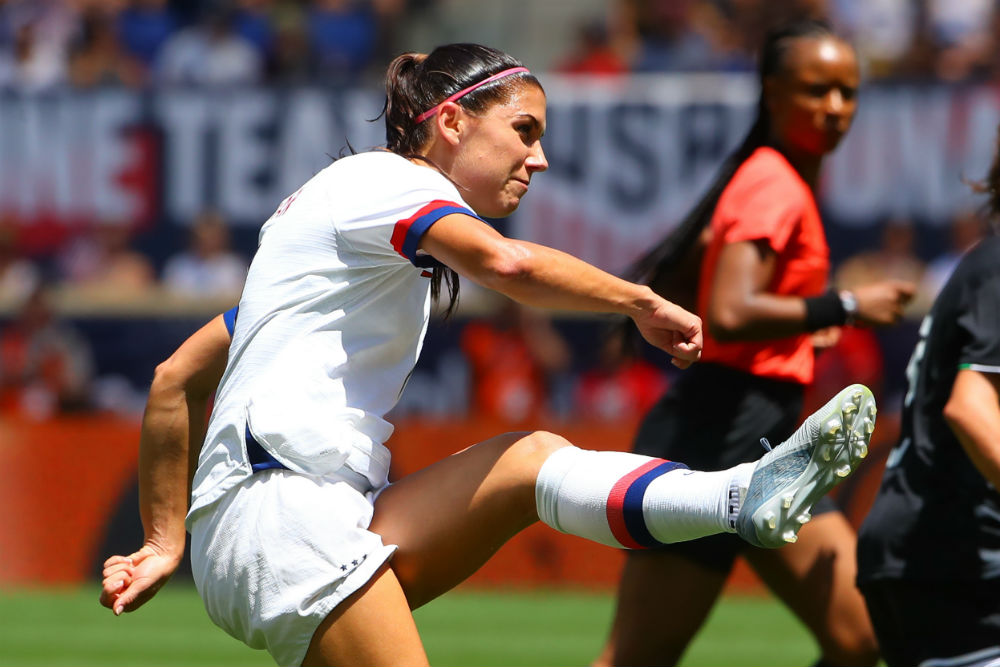
Women’s sports receive much less media attention than men’s sports. Unfortunately, too, there’s a (unfair) perception amongst many sports fans that women’s sports simply aren’t that interesting to watch — although, hopefully, the broadcasting of the Women’s World Cup may have changed this. The fact that the media pays little attention to what goes on in the women’s sporting world may be reinforcing this idea. It doesn’t have to be the way.
How could women's sport get more coverage?
One of the major problems is the general lack of professional sports teams for women. Take the US and Canada, for instance. Some teams, such as Toronto FC, don’t have a women’s team. Although there are a lot of teams at youth level, there’s a lot of pressure on women footballers to make it into the national team by the time they’re 18. If they don’t, they can end up going no further than a place on a college or university team. The development of more teams, leagues etc. could pique the interest of the media.
There have been suggestions that some countries have little interest in certain sports full stop. The US has a major interest in American football, basketball and baseball, whereas soccer, as they call it, doesn’t garner much interest. Canada has a strong winter sports culture and follows the adventures of its female winter sports athletes, who happen to be very successful. Promoting certain sports more strongly could work well towards gaining more exposure for women’s sports.
The other big issue that sport in general faces is the traditional view of some sports being ‘sports for men’ and others being ‘sports for women’. There’s a sense of history around men’s sporting events, whereas, because of this traditional norm, women’s events and achievements seem somehow devalued. If a woman partakes in a ‘men’s sport’ or vice versa, people question their sexuality. Breaking through this barrier will go a long way towards gain more coverage for women’s sports.
Could the betting world help?
Football betting is one of the biggest markets in the sports betting industry and it provides a massive source of revenue for men’s sports clubs. The norm is to feature the company name on the shirts of the relevant squad, of course, but not all sponsorship deals do this. Some opt to display their brand around the stadium.
One thing that has been noted is that sponsors know who to pick sports that their audiences follow. They deliver communications using channels where they’ll get a response from their audience. As a result, they gain effective brand exposure. If they can find the right channels to appeal to those with an interest in women’s sports, they may do the cause itself some good as well as their own business interests.
Women’s sports don’t get a great deal from the media, although the Women’s World Cup has captured a lot of attention and could strengthen the case for more media coverage for women’s sports. The development of more women’s teams, greater investment in them and, perhaps a greater challenge, the generation of a shift in cultural attitudes towards women’s sports could all result in increased coverage. There may be some hard battles ahead, but it’s possible.

